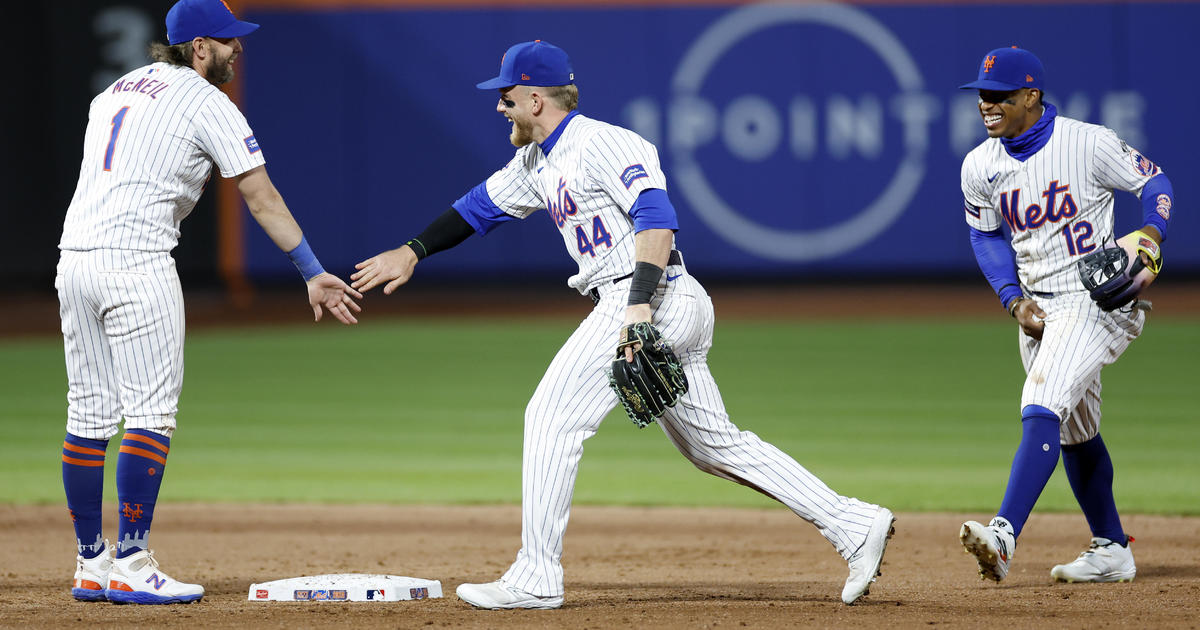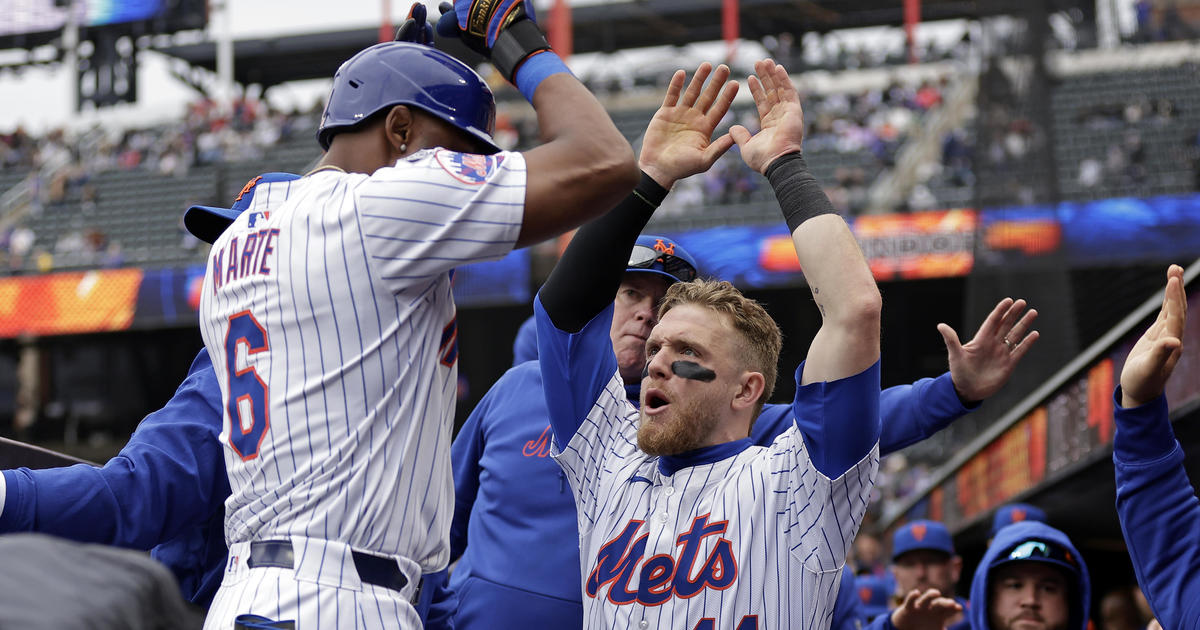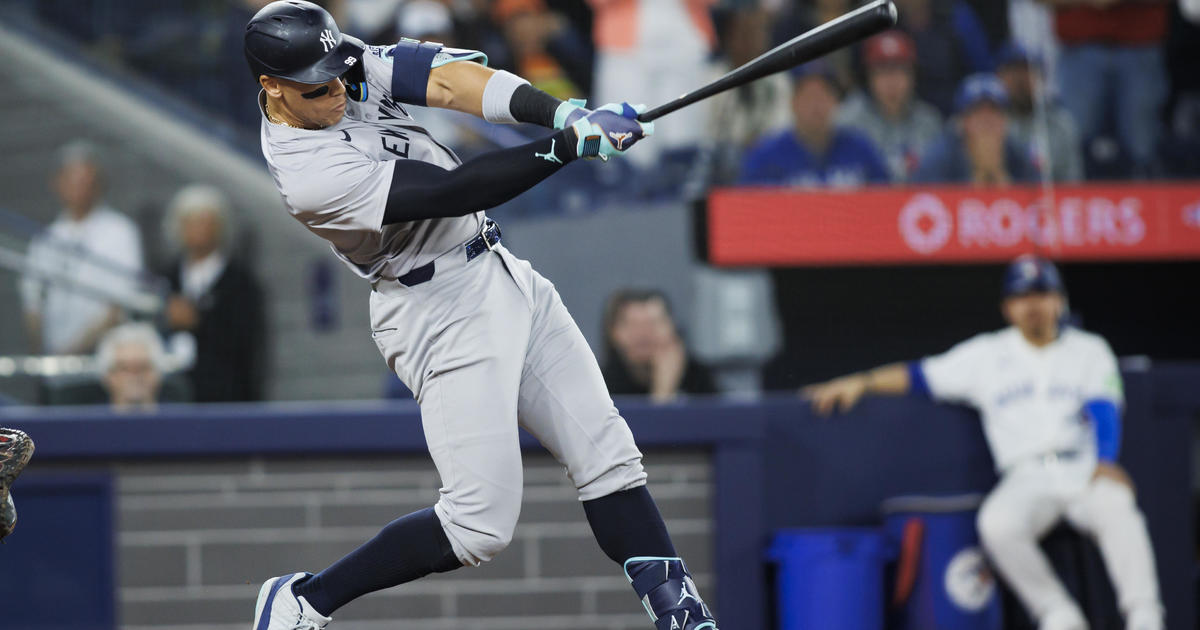Sims: Breaking Down Albert Pujols' Plantar Fasciitis, And What It Means Going Forward
By Abby Sims
» More Columns
For a guy whose foot is "hurting real bad," the Angels' Albert Pujols is off to a great start this season. Though he is playing most games in the designated-hitter spot rather than at first base to limit the time he is on his feet, the logic -- clearly a compromise -- is flawed. He hits and walks, therefore he stands and runs.
The 33-year-old Pujols, who is suffering from plantar fasciitis in his left foot, has played in all 17 games this season. He is batting .317 with two home runs and 13 RBIs and leads the team in on-base percentage (.436) and on-base-plus slugging (.944). Manager Mike Scioscia commented that Pujols is tolerating the pain enough to not miss a start, and he continues to produce at the plate. Yes, but he also commented that, as the season progresses, Pujols' condition is worsening. Here we go again.
Just ask Marcus Camby or, even better, Joakim Noah for their thoughts.
The Plantar Fascia
The word plantar refers to the sole of the foot, and the plantar fascia is a thick fibrous band of connective tissue in this region that extends from the heel to the forefoot. It assists with stabilization of the arch. Plantar fasciitis, a common cause of foot pain, is an overuse syndrome set off by too much tensioning of the fascia's soft tissue attachments to the heel. Though there is an increase incidence of heel spurs in sufferers of fasciitis, spurs, which are generally not within the fascia, do not always cause pain.
"Itis" means inflammation, in this case of the fascia. As with tendinitis, it is generally felt that a degree of degeneration is also occurring. This is known as tendinosis when referring to tendons. It is much like what happens with conditions such as tennis elbow or patellar tendinitis, which are also due to overload. The onset of symptoms is usually gradual.
The pain that occurs with plantar fasciitis is often exaggerated in the morning because the fascia and heel cord are relaxed during sleep. Those first steps when the area is put on stretch can be especially problematic. That is why night splinting to keep the area on mild stretch is so helpful in treatment. (I swear by it.) The pain, which can be either sharp or dull, often feels like a pulling and is more common after inactivity than with movement. However, standing for long periods also worsens symptoms. That is the rationale for keeping Pujols at designated hitter.
Fasciitis can involve tenderness along the band of the fascia in the arch or be more toward the heel. Putting the fascia on stretch by bending the toes back (dorsiflexion) -- especially along with dorsiflexing the ankle – makes the area much more tender to touch. Plantar fasciitis must be distinguished from other conditions such as Heel Pain Syndrome, where the pain is more exclusively localized to the heel.
Treatment for plantar fasciitis focuses on relief of inflammation as well as stretching the heel cord -- obtaining normal flexibility of the calf muscles -- and reducing soft tissue restrictions of the fascia. There are many ways in which to stretch, and those most favored these days are more dynamic and focus on inhibiting muscles that limit the flexibility of the tight structures. One note of caution if stretching in the more traditional ways is to AVOID hanging the heel down off a step. This puts the midfoot structures at risk and also increases incidence of Achilles rupture. It is best to keep the foot supported when stretching in weight-bearing.
Treatment of fasciitis should also include assessment of and attention to areas of the foot that are related and may impact flexibility of the calf or pliability of the fascia. For instance, if the ankle or big toe lacks full mobility (into dorsiflexion) the soft tissues may not be able to stretch adequately. In these instances, restoring mobility to the joints may be necessary to get the desired result.
Though cortisone injections may provide temporary relief -- studies show that most patients have recurrence -- they also come with an increased risk of rupture. Pau Gasol of the Lakers suffered a rupture of his fascia in early February. The interesting thing is that treatment of chronic plantar fasciitis sometimes includes surgically lengthening the fascia, something that rupture may accomplish naturally. The downside is the time spent totally out of commission while healing in either case.
Follow Abby on Twitter @abcsims.
How many more years of being a superstar player do you think Pujols has left? Sound off with your thoughts and comments below...



